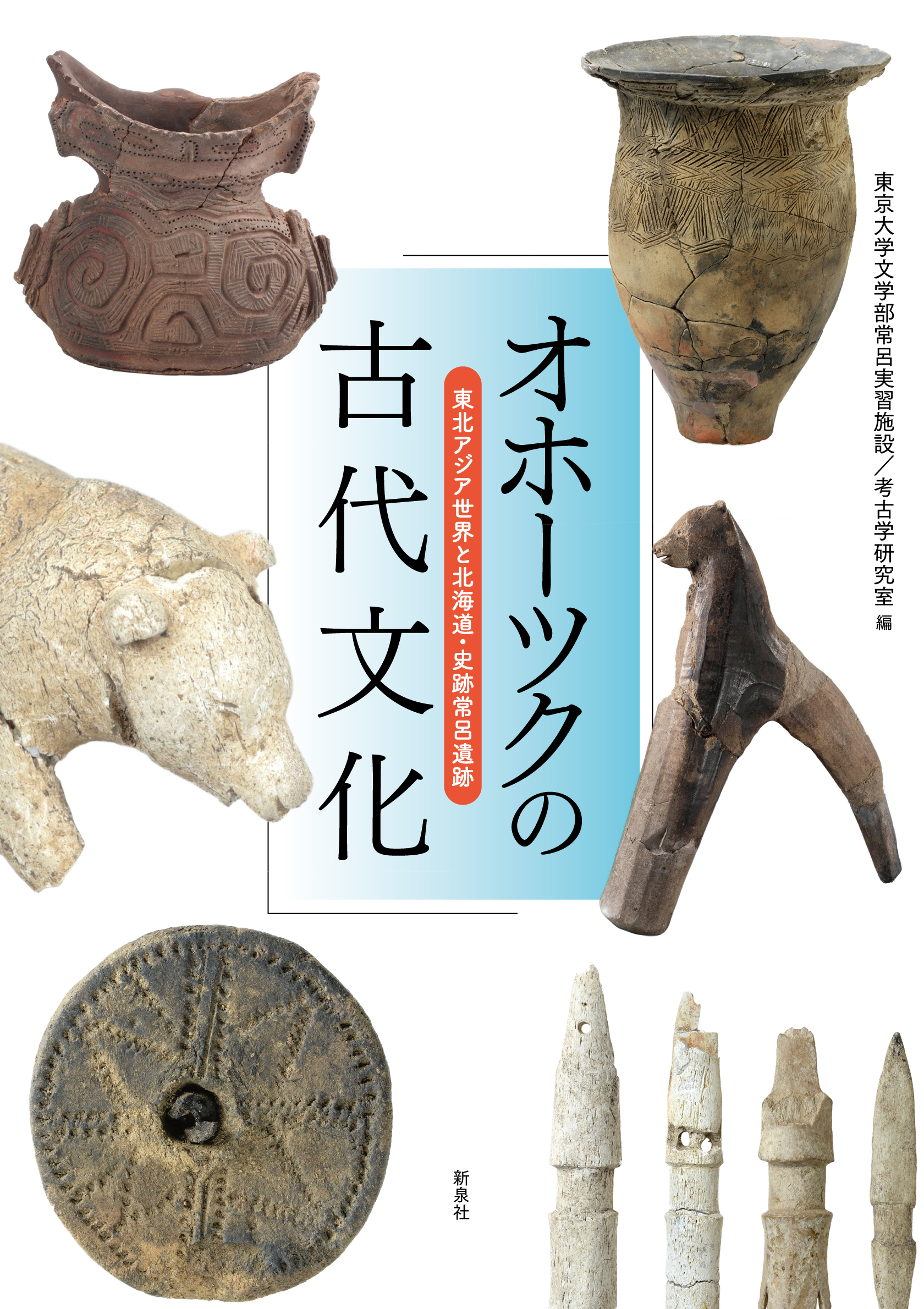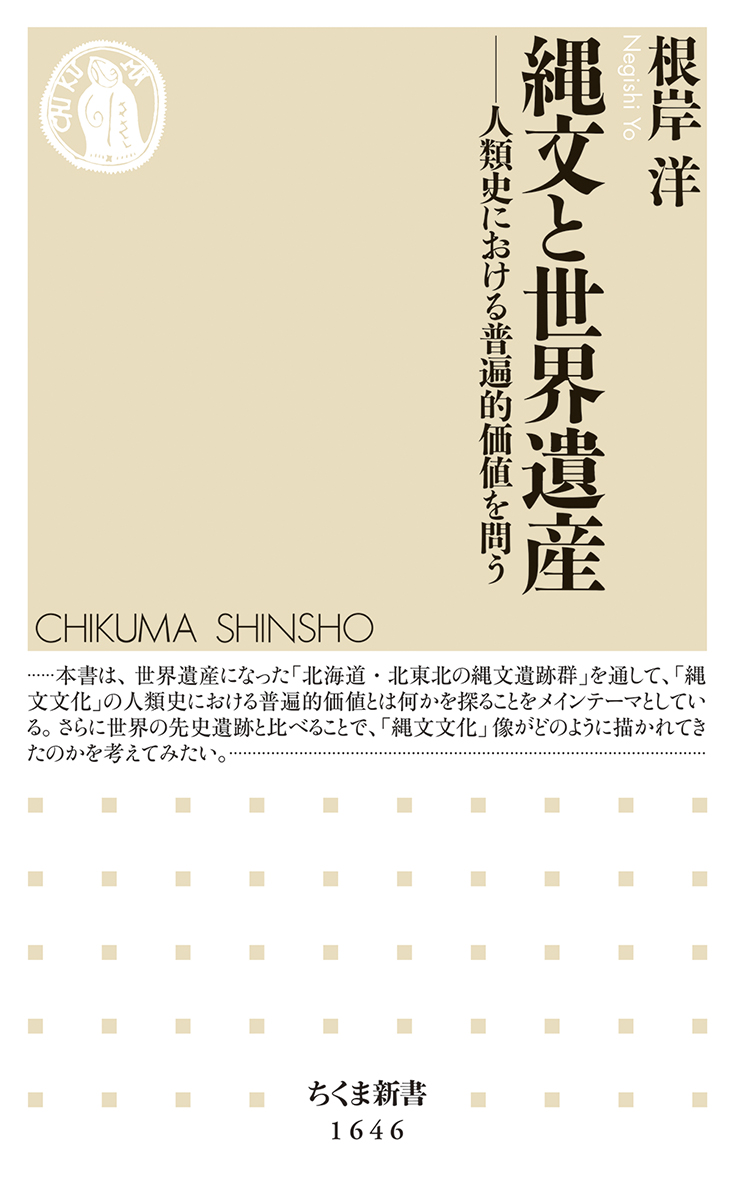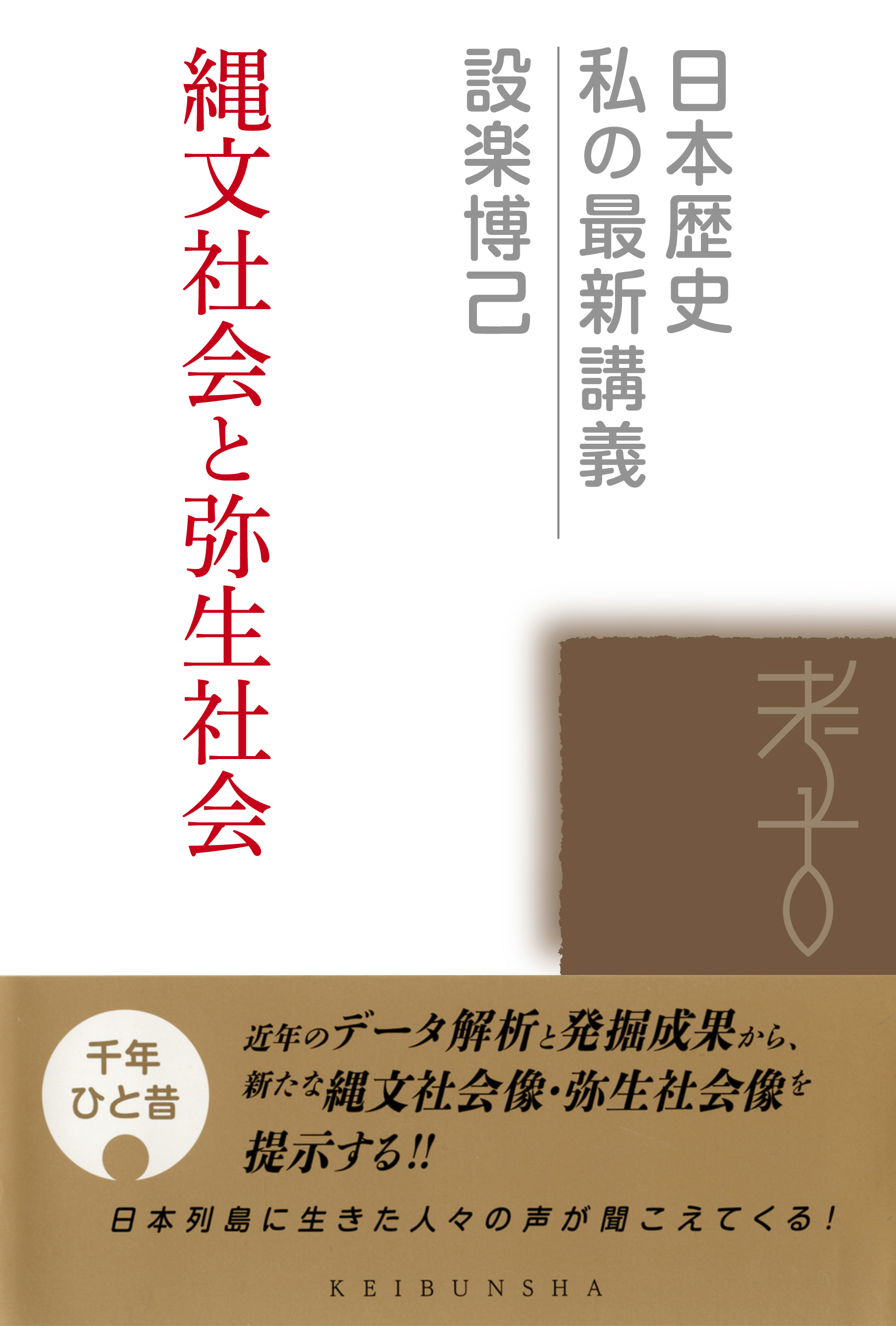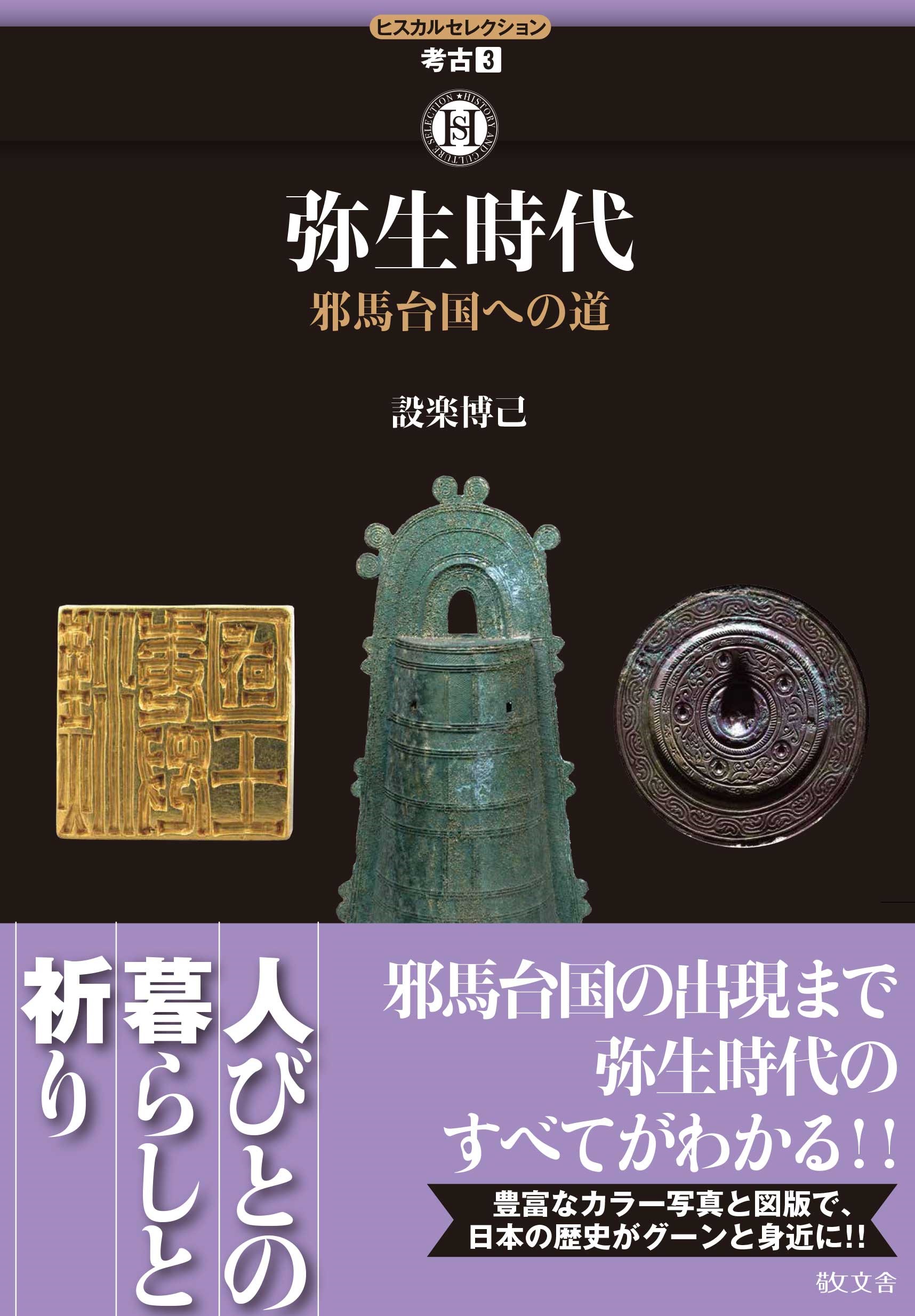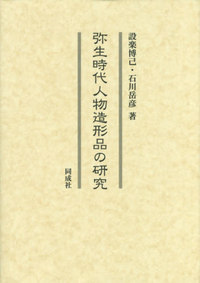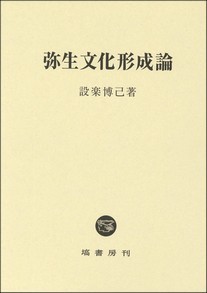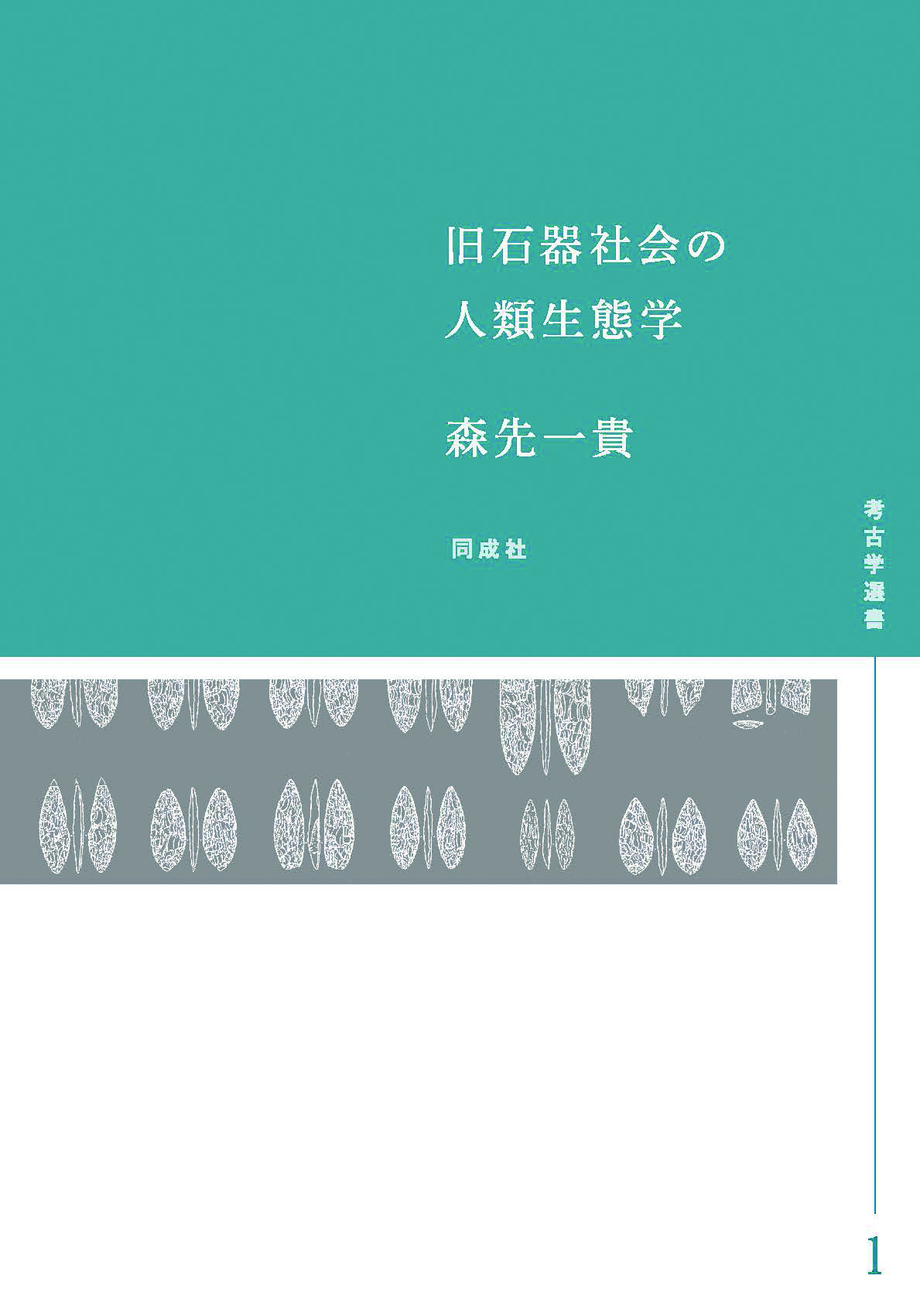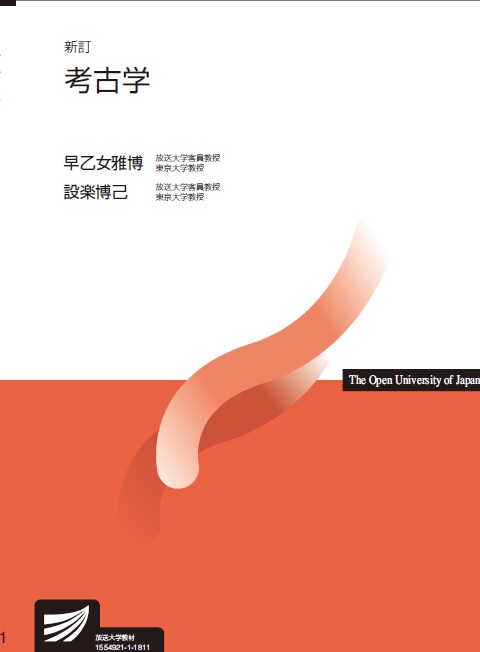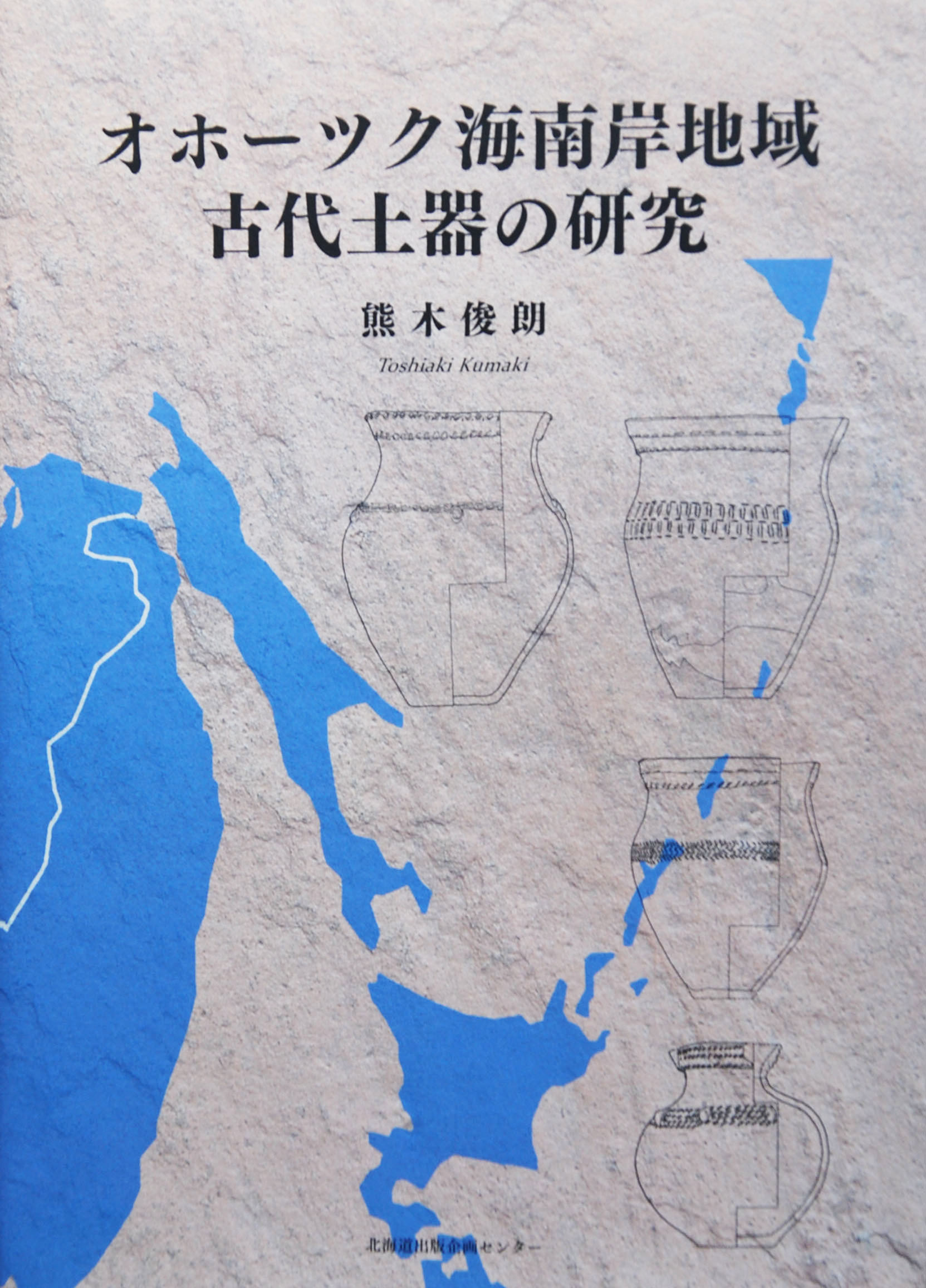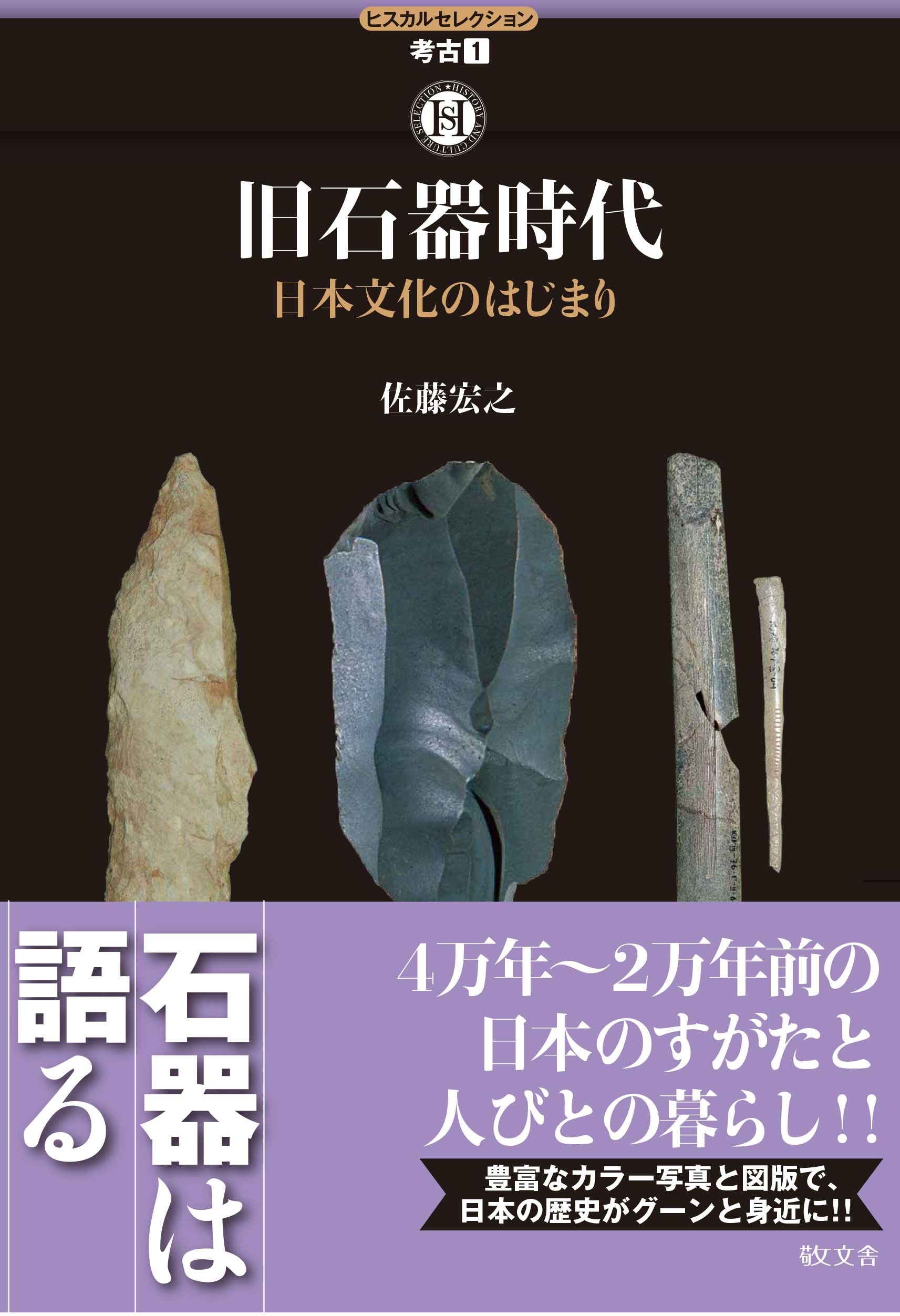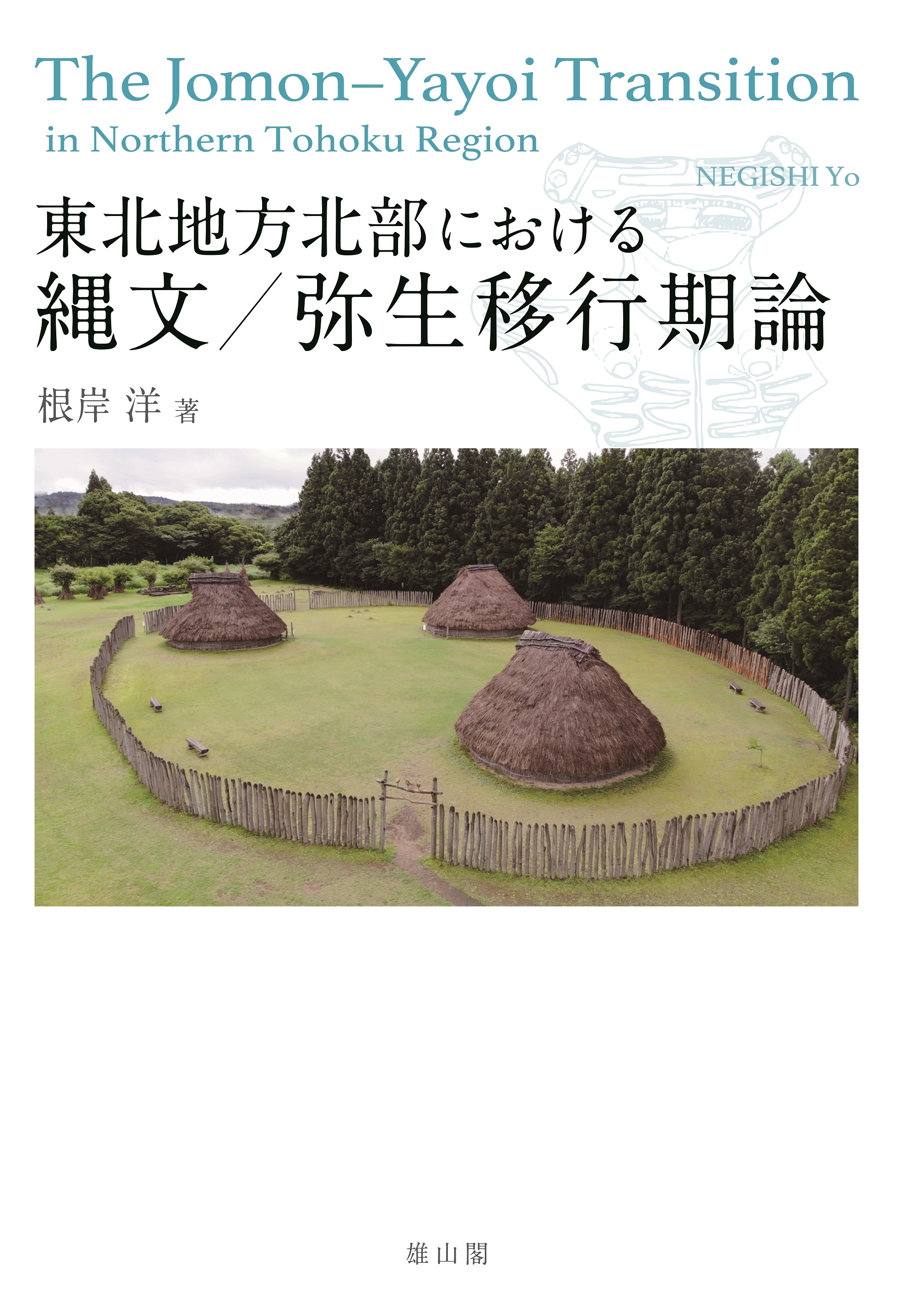
Title
Tohoku chiho hokubu ni okeru Jomon-Yayoi Ikoukiron (The Jomon-Yayoi Transition in Northern Tohoku Region)
Size
296 pages, B5 format, hardcover
Language
Japanese
Released
July 31, 2020
ISBN
9784639027263
Published by
Yuzankaku
Book Info
See Book Availability at Library
Japanese Page
In 2003, the revision project for the emergence date of the Yayoi period, led by the National Museum of Japanese History, revealed that the Yayoi period started in 9th century BC; 500 years before the previous estimated date. Based on the new Yayoi dating, it is evident that the Kamegaoka culture, which flourished in northeastern Japan in the Final Jomon, paralleled the Initial and Early Yayoi cultures in southwestern Japan for a few centuries. As a result, a wider cultural interaction model throughout the Japanese archipelago in the transitional phase from Jomon to Yayoi has been discussed recently.
The “Jomon-Yayoi Transition in Northern Tohoku” (2020, Yuzankaku: Tokyo) is based on the doctoral thesis of Professor Negishi, submitted to the Graduate School of Humanities and Society, the University of Tokyo, in 2010. Referring to the newly-studied date of the Yayoi period and a wider cultural interaction model, this publication discusses how the Kamegaoka culture and the society of northern Tohoku region intrinsically changed during the Jomon-Yayoi transition and how they were affected by the external Early Yayoi cultures.
Part 1, entitled “Transition of Pottery Cultures,” deals with the typological chronology from the end of Final Jomon to early Middle Yayoi. I analyze the ceramic assemblages at the Sunazawa and Omagari site, both milestones for the Sunazawa-type pottery studies. Furthermore, based on the excavation results of the Nimaibashi (1) site, I illustrate the chronology of the Nimaibashi type of early Middle Yayoi distribution from the northern tip of the Honshu island to the south of the Hokkaido island. I discuss that the specific stylistic elements described as “northern cultural sphere” by Professor Yamanouchi in the 1960s were formed in the Nimaibashi phase and widely distributed and shared throughout eastern Japan from Middle to Late Yayoi. I argue that the characteristic Nimaibashi-type decorative jars of these phases should not be regarded as evidence of “northern elements” of the Epi-Jomon culture of the Hokkaido island. Rather, it demonstrates the diffusional process of common pottery-making technique, which originated from the Nimaibashi type.
Part 2 deals with the transition of the residential system based on the analysis of the settlement patterns and its dynamics. The residential system of the Kamegaoka society drastically changed in the late Final Jomon period. A large ditched settlement emerged in the Omonogawa river basin toward the Sea of Japan side. In addition, toward the Pacific Ocean, a large settlement accompanying a stone arrangement emerged in the Mabechi and the Niida river basins.
Part 3 deals with the exchange system through the red pigment use, strongly embedded in the Kamegaoka lacquerware culture, and the jasper beads of the Yayoi culture. In the late Final Jomon period, the use of vermillion transported from the Hokkaido island drastically decreased. In the Early and Middle Yayoi, a pipe-structured pigment was used widely, instead of hematite, and the jasper beads, presumably produced in western Japan, were transported as burial goods to northern Tohoku. Since the jasper beads of Early Yayoi could be one of the earliest groups in the Japanese archipelago, it is necessary to reconsider them in the wider cultural interaction model.
In conclusion, while the residential system and vermillion exchange system changed in the late Final Jomon phase, material cultures, such as pottery, red pigment, and jasper bead, newly emerged during Early to Middle Yayoi phase. I conclude that the transition from Jomon to Yayoi in northern Tohoku was multi-layered and, thus, its occurrence was compositive.
(Written by NEGISHI Yo, Associate Professor, Graduate School of Humanities and Sociology / 2022)



 Find a book
Find a book


